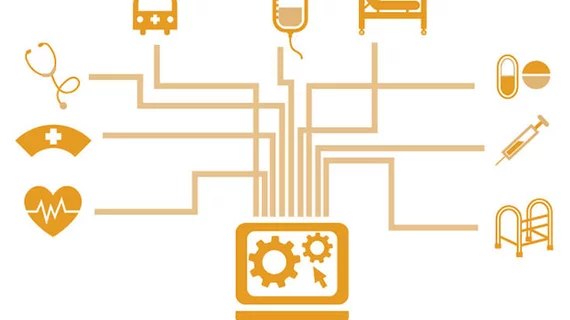Visualization dashboards in the intensive care unit (ICU) were able to decrease time spent gathering data and completing tasks, while reducing errors. They also improved situational awareness, guideline compliance and navigation. Findings were published May 31 in JMIR Human Factors.
More than 5.7 million patients each year enter the intensive care unit in need of care from specialty care teams while fighting life-threatening illnesses. In treating these patients, the time between the onset of symptoms and treatment is crucial. In this study, researchers from the University of North Carolina at Chapel Hill reviewed published literature to see what impact dashboards had on visualizing electronic health record (EHR) information for providers.
“A dashboard is a data-driven clinical decision support tool capable of querying multiple databases and providing a visual representation of key performance indicators in a single report,” wrote first author Saif Sherif Khairat, PhD, and colleagues. “Applied to the intensive care unit, a dashboard allows clinicians to quickly identify changes in the patient's condition that require intervention. The clinician can choose to dive deeper into the EHR data or refer to the dashboard at a later point to review changes. Depending on the design of the dashboard, features such as alerts and documentation reminders can help clinicians improve compliance with best practice guidelines and organizational standards.”
The study focused on 17 articles that addressed the development, testing, implementation or use of a visualization dashboard. Results showed these dashboard solutions decreased time and difficulty in gathering data, while reducing cognitive load. Additionally, dashboards were able to improve situational awareness, compliance with safety guidelines, usability and navigation.
“Researchers can build on the findings, strengths, and limitations of the work identified in this literature review to bolster development, testing, and implementation of novel visualization dashboard solutions,” concluded Khairat and colleagues. “The 17 articles included in this literature review demonstrate how efficiency, quality and safety, clinician satisfaction and accuracy can be improved using a visualization dashboard.
“These 17 articles share many themes regarding how each dashboard was designed and what user-friendly features are available when using the dashboard. Due to the relatively few studies conducted in this area, there is plenty of room for researchers to test their solutions and add significantly to the field of knowledge on this subject.”

